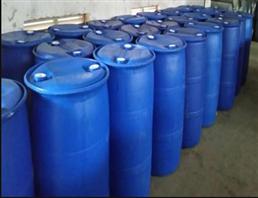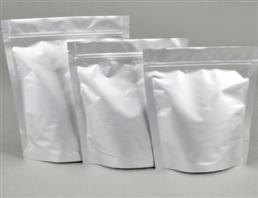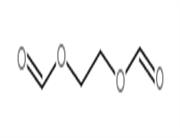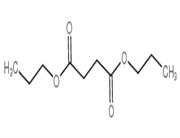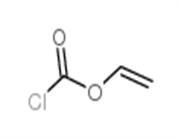Chemical Properties
White Solid
Uses
Agricultural fungicide and plant growth regulator.
Uses
Hymexazol is used to control soil-borne diseases caused by Fusarium, Aphanomyces, Pythium, Corficium and Typhula spp. in rice, sugar beet, fodder beet, vegetables, cucurbits, ornamentals, carnations and forest tree seedlings. It is also used as a seed dressing and stimulates some plant growth.
Definition
ChEBI: A member of the class of isoxazoles carrying hydroxy and methyl substituents at positions 3 and 5 respectively. It is used worldwide as a systemic soil and seed fungicide for the control of diseases caused by Fusarium, Aphanomyces Pythium, and Corticium spp. in rice, sugarbeet, fodderbeet, vegetables, cucurbits, and ornamentals.
Metabolic pathway
Degradation of hymexazol in soil gave acetoacetamide and the product of rearrangement, 5-methyl-2(3H)-oxazolone.H owever, in plants the fungicide was principally converted into its O- and N-glucoside conjugates in the roots and shoots. The two main metabolites of hymexazol found in the urine of rats were the O-glucuronide and sulfate conjugates.
Degradation
Hymexazol is stable under alkaline conditions and relatively stable in acidic conditions. It is stable to sunlight and heat (PM). It should be noted that the parent molecule is tautomeric. Hymexazol is highly volatile and will be lost by volatilisation unless it is covered or incorporated into soil. The fungicide was completely biodegraded in natural water at 30 °C in 2 weeks and at 10-13 °C in 2 months (Rebenok and Kolesnikova, 1983). Hymexazol is stable in sunlight but it is readily degraded by ultraviolet light. Photolysis of an aqueous solution of the fungicide at 253.7 nm, using a low pressure Hg lamp, afforded the oxazolinone (2) as the major product and at least two unidentified minor components. The oxazolinone (2) has been found in soil studies as described below and is a product of rearrangement formed via an aziridinone intermediate as shown in Scheme 1 (Nakagawa et al., 1974).
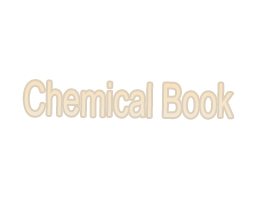
 China
China





